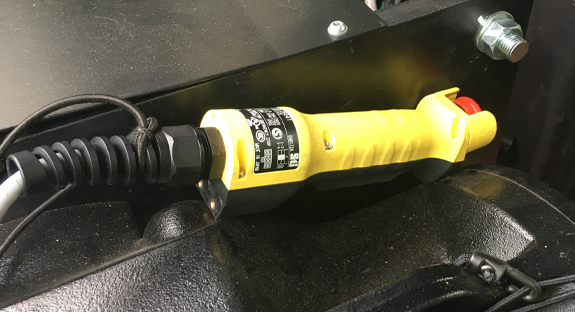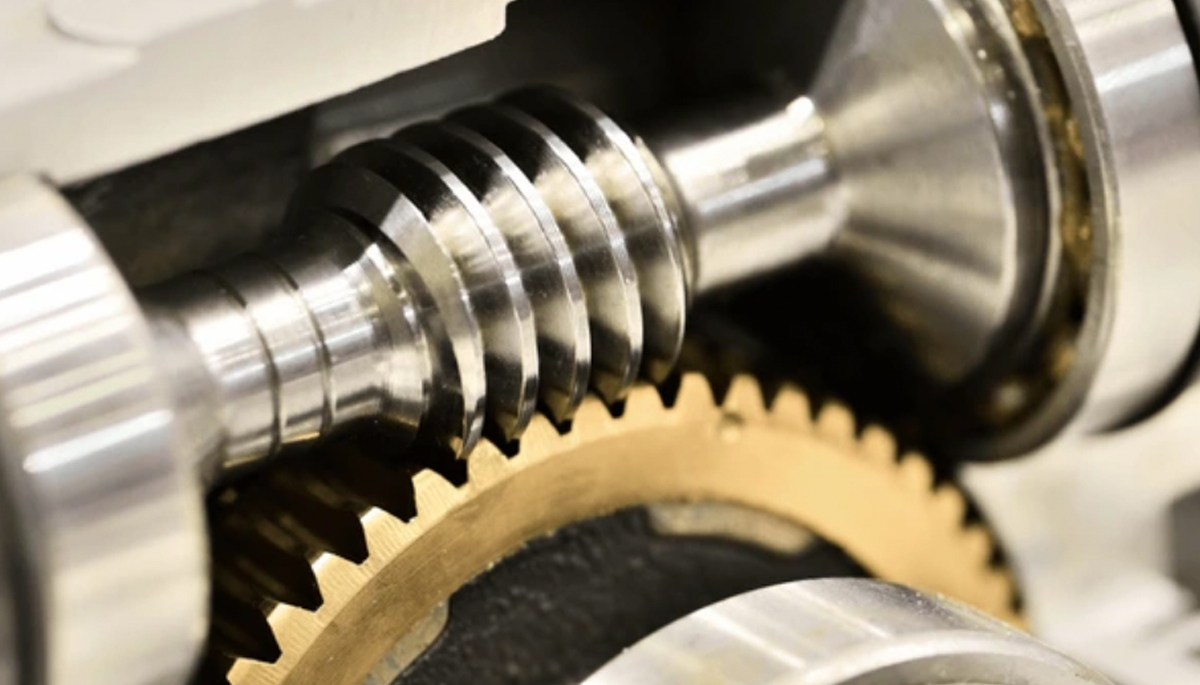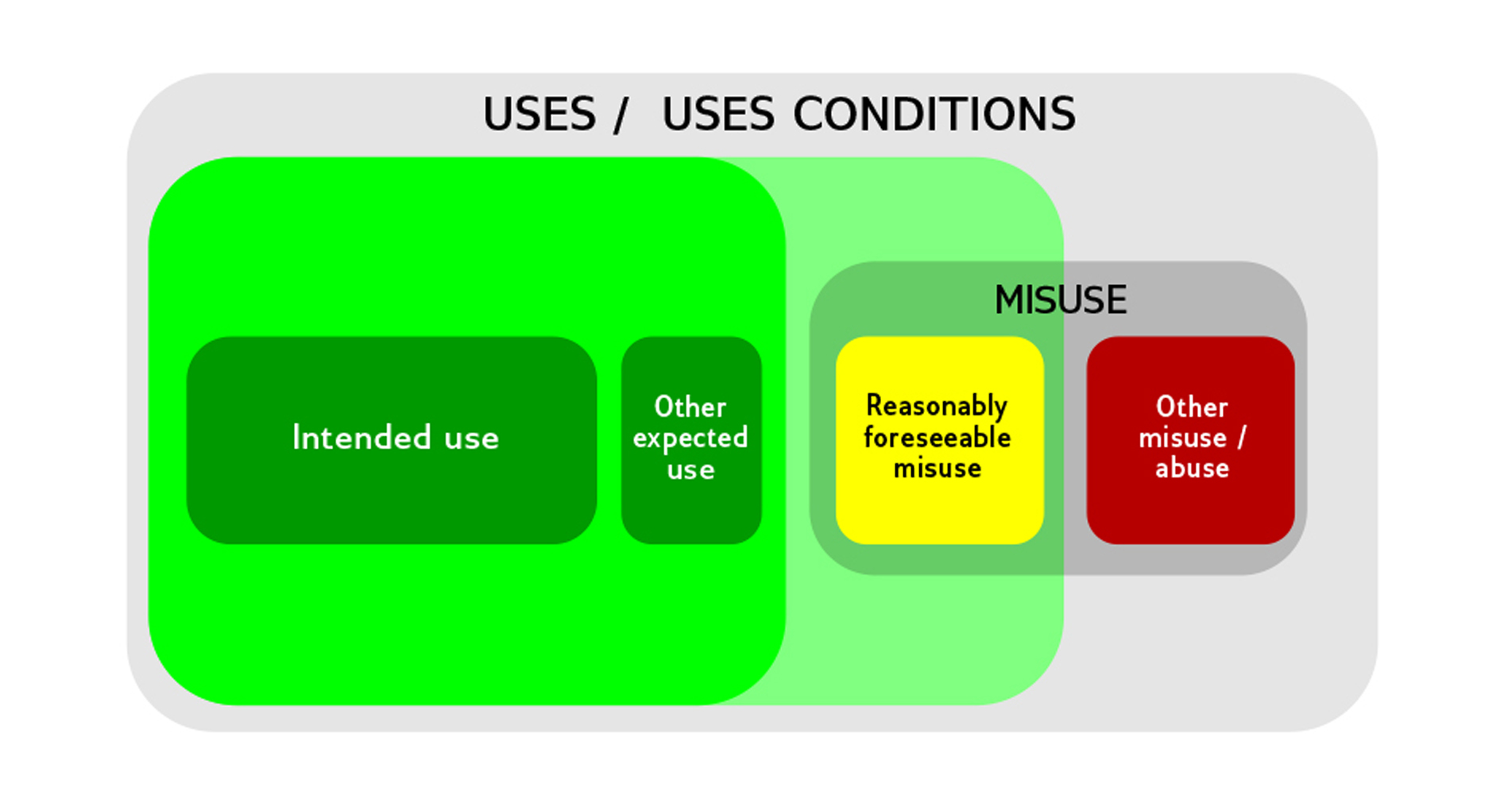During the lifetime of a stage machinery that is put into service, it is often subjected to modifications or changes. Hence, at times components or constituent units of existing machinery or assemblies of machineries are replaced or updated, and at other times new machineries may be added to an existing assembly of machinery. The common dilemma of many machinery manufacturers and integrators is how to establish if an addition and modification requires the machinery, as a whole, to be subjected again to the Machinery Directive assessment and consequently be CE marked as new machinery. As a general rule, the guidance provided by the legislator focuses the attention on the output of the machinery risk assessment.
Addition of machinery to an assembly of machinery
If the risk assessment shows that the replacement or the addition of a constituent unit in an existing machinery or an assembly of machinery does not add a new hazard, nor does it increase an existing risk, then no action is required according to the Machinery Directive for the parts of the assembly that are not affected by the modification. The same also applies to where there is a new hazard or an increase in an existing risk, but the existing protective measures that are present on the machinery or the assembly of machinery before the modifications are sufficient so that the machinery or assembly of machinery can still be considered safe after the modification.
Nevertheless, action is still required under the Machinery Directive for those parts of the machinery or assembly of machinery that are affected by the replacement or the addition of a constituent unit. The employer remains responsible for the safety of the entire assembly according to the national provisions implemented under Directive 2009/104/EC.
If the risk assessment for the new unit—the modified or integrated machinery—shows it does not have any safety implications on the existing assembly and shows that it is a complete machinery that can also operate independently and bears a CE marking that has an EC Declaration of Conformity, then the addition of this new unit (as a complete machinery) into the existing assembly of machinery should now be considered as the installation of the new unit (machinery). Even so, this does not give rise to a new conformity assessment, CE marking or EC Declaration of Conformity for either the new unit (machinery) or the assembly to which it is added.
Addition of a partly completed machinery to an assembly of machinery
If the unit being added to the assembly of machinery is partly completed machinery (PCM)—which must be accompanied by a Declaration of Incorporation and assembly instructions—then the person incorporating the PCM into the assembly of machinery will be considered the manufacturer of the new unit. Subsequently, this means that by incorporating the PCM into the assembly that ‘new’ machinery is being put into service.
Therefore, the new manufacturer must assess any risks arising from the interface between the PCM, other equipment and the assembly of machinery, fulfil any relevant EHSRs that have not been applied by the PCM manufacturer, apply the assembly instructions, draw up an EC Declaration of Conformity, compile the technical file for the modified parts of the assembly (essentially how the PCM has been put into service, including any changes to the existing assembly) and affix the CE marking to the new unit as assembled machinery. For instance, if a stage elevator lifting mechanism (which is a PCM) is added to a machinery installation (the assembly of machinery) and such lift has no other interference from the other machineries that are present within the installation, then only the interface design and any modifications to the control system or to the existing assembly of machinery will need to be assessed for the purposes of CE marking the unit, as fitted.
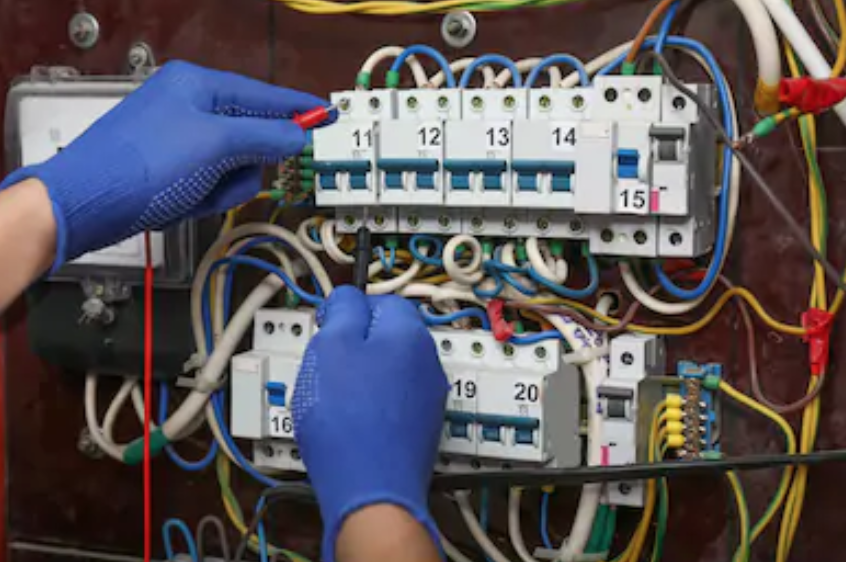
Figure 1: Replacing relevant components is considered to be a Substantial Modification.
If the replacement or the addition of new constituent units in an existing assembly of machinery has a substantial impact on the safety of the assembly as a whole or involves substantial modifications of the assembly, it may be considered that the modification of a new assembly of machinery requires a full assessment according to the Machinery Directive. In that case, the whole assembly, including all of its constituent units, must comply with the provisions of the Machinery Directive. This may also be required if a new assembly of machinery is constituted from new and second-hand units. In both cases, the conformity assessment should also mention what is not affected by the modification, and such assessment should be included in the technical file.
Machinery modified before it is first put into service
In some cases, machinery can be sold to an importer or a distributor who then modifies the machinery at the request of a customer before putting it into service for the first time (a common case is an electric chain hoist distributor).
If the modifications are foreseen or agreed by the manufacturer and covered by the manufacturer’s risk assessment, technical documentation and EC Declaration of Conformity then the original manufacturer’s CE marking remains valid. On the other hand, if the modification is substantial (for example, a change of intended use or function and/or performance of the machinery) and is not foreseen or agreed by the manufacturer, the original manufacturer’s CE marking becomes invalid and has to be renewed. The modifier is then considered as the manufacturer and must fulfil all the obligations set out in Article 5 of the Machinery Directive.
Modifications to CE and non-CE marked machinery in use
A few years ago, the European Machinery WG MACHEX—a subcommittee of the European Senior Labour Inspectors Committee (SLIC)—gave a mandate to a task group to assess this issue. The question that arose was when a transformation of machinery should be considered as a construction of new machinery (a substantial modification), and as a consequence, when should the user have all of the obligations of a manufacturer as stipulated by the Machinery Directive.
18 member states participated in the assessment and at the end the committee came to the conclusion that most of the member states who answered were of the opinion that it was difficult or even impossible to find a general definition for a “substantial modification” and that a case by case decision (based on a risk evaluation taking into account possible safety measures) was always necessary.
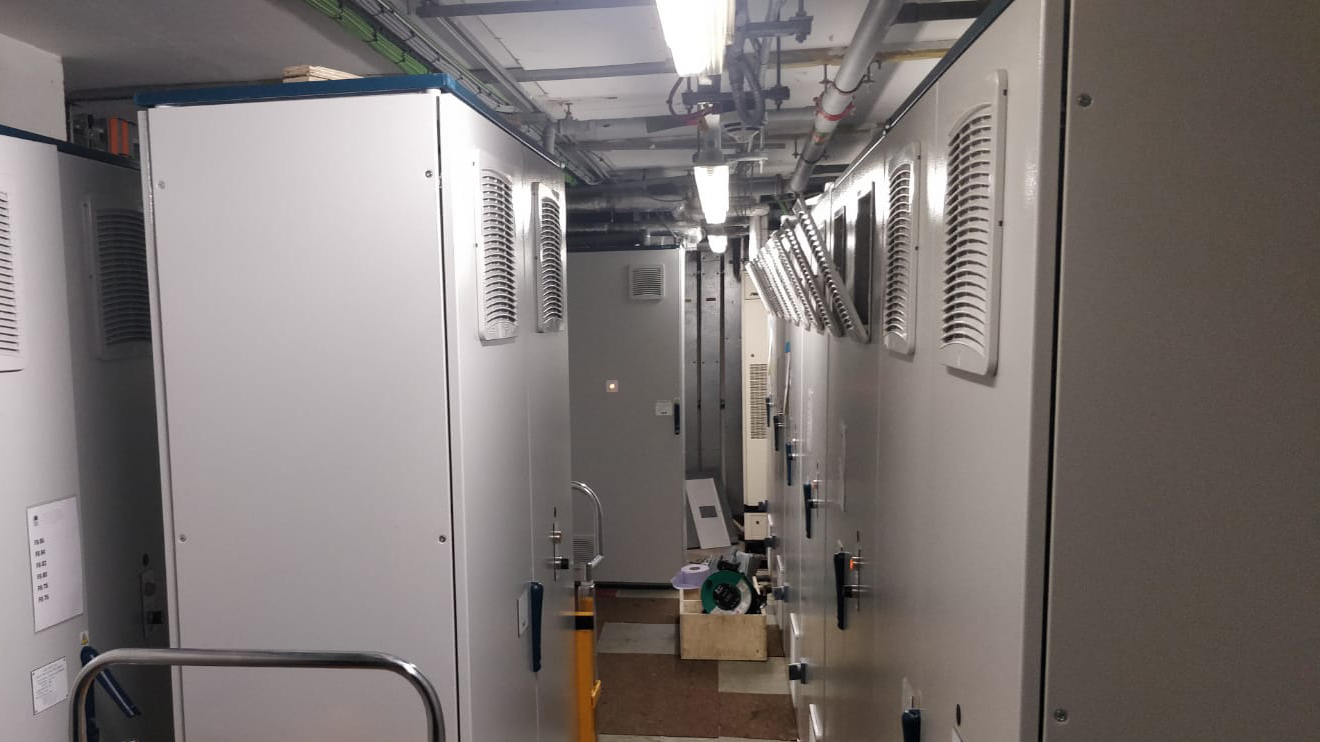
Figure 2: A control system upgrade is considered to be a Substantial Modification.
Let’s analyse some of the most relevant topics and points of view as summarised by the MACHEX subcommittee.
- After a modification, the machine is safe without additional protective measures.
The point of view of most of the member states (12) was that such modification is not a substantial modification with the consequence that now the user should have all of the obligations of a manufacturer as stipulated in the Machinery Directive. - Due to the modification, the machine is no longer safe without additional protective measures. However, the new hazards or the increased risks can be eliminated by simple complementary protective measures.
Here the member states‘ point of view was less unanimous and although such modification could be considered as not substantial, each case should still be assessed on its own merits to establish if a re-CE marking process is required. - Due to the modification, the machine is no longer safe without additional protective measures and a sufficient risk reduction cannot be achieved with simple complementary protective measures.
The majority of the member states agreed that such a case should be considered a substantial modification, although some member states argued that each case should be assessed on its own merits in order to establish if a re-CE marking process is required. - The replacement of a part that is not contemplated in the manufacturer’s catalogue/list of suitable components.
Ten member states were of the opinion that a replacement of a part that is not present in the manufacturer’s catalogue is not a substantial modification. The other six member states argued that it depends on the modification and that a risk assessment would be necessary. The remaining two member states answered that such a replacement is a substantial modification. - The replacement of a safety-related component by a component whose performance differs from that of the initial component.
Eight member states were of the opinion that such a case is a substantial modification. Only three member states had the opposite opinion and seven member states were of the opinion that it depends on the modification and that a risk assessment is necessary.
- The replacement of a safety-related component by a component whose position is changed.
Five member states were of the opinion that such a case is a substantial modification. Six member states did not agree with this and seven states were of the opinion that it depends on the case and that a risk assessment is necessary. - The replacement of a safety-related component by a component who is of another type.
Only four member states were of the opinion that such a case is a substantial modification. Five states did not agree with this and the other nine states were of the opinion that it depends on the case and that a risk assessment is necessary. - The addition of a new element or of a function not intended by the manufacturer and not specified in the instruction manual.
Most of the member states who answered—the majority—were of the opinion that this probably is a substantial modification. Only two states thought that such a modification was not substantial. Four states were of the opinion that it depends on the modification. - The removal of an element or a safety function.
The removal of an element or a safety function is considered to be a substantial modification from the point of view of nine member states. Three states did not agree with this. In the opinion of one member state, this is a case where the operation of the machinery should be prohibited. Six states were of the opinion that this should be a case by case decision that depends on the details, which are the influence of the safety and the kind of modification. - An assembly of a machinery in use with at least one new machine/partly completed machine if there is no instruction or assembly manual or if the assembly is not foreseen in the instruction manual.
Nearly all member states who answered were of the opinion that such a modification is a substantial one. For some, the opinion was that it depends on the concrete modification. Others answered that it depends on whether the new assembly meets the definition and conditions for an assembly as per the Machinery Directive guide. Furthermore, one state member pointed out that when a partly-completed-machine (PCM) is incorporated to form machinery then at least the part with the PCM should undergo a conformity assessment.
Conclusion
All member states who participated in the survey agreed that from the user/integrator point of view that a modification foreseen by the manufacturer (an implementation of a function, a removal of a tool or an installation of interchangeable equipment) is not a substantial modification. Therefore, in all other cases, an individual case analysis and assessment is necessary.
When an addition, modification or removal of a unit, component or function does not add a new hazard and does not compromise the machinery safety in an existing machinery or assembly of machinery, the modification is NOT considered to be a substantial one.
In all the other circumstances, when the implications and consequences of such additions/modifications are unknown, the whole machinery needs to be thoroughly assessed and evaluated in order to determine if it will be subjected again to the Machinery Directive assessment and consequently to be CE marked as new machinery.

